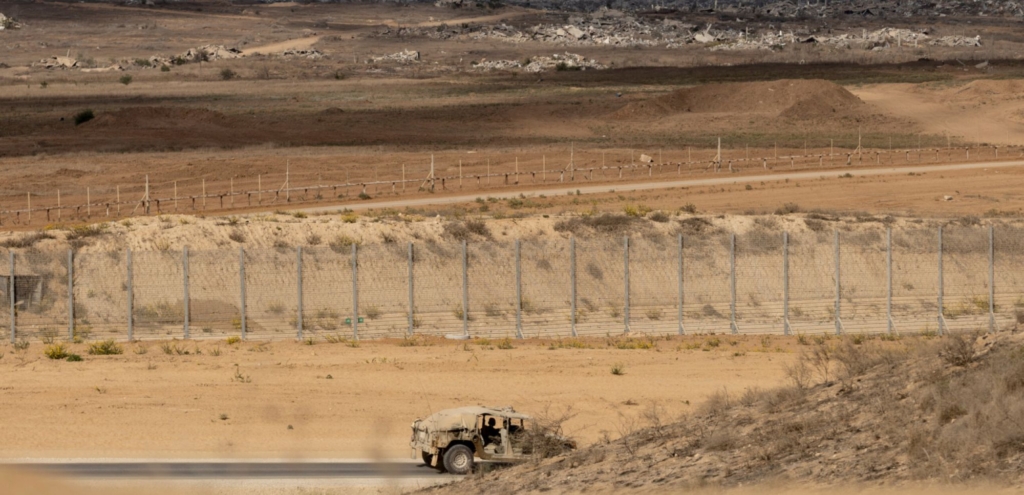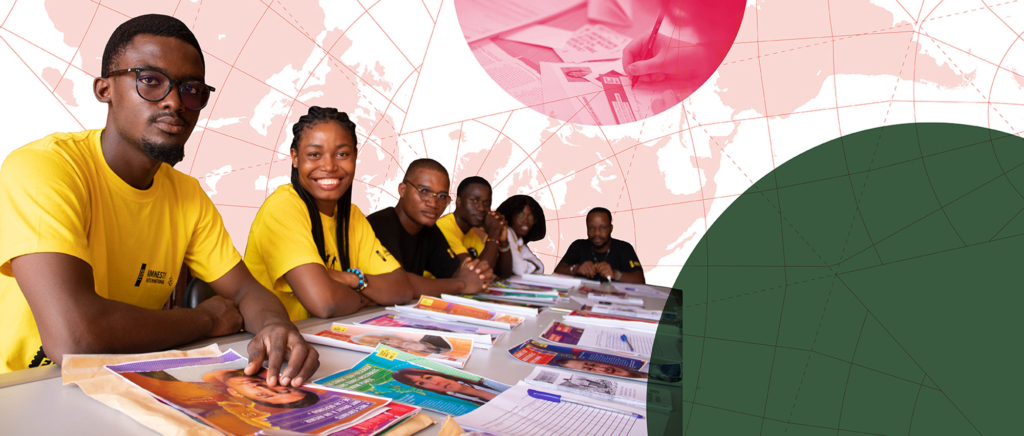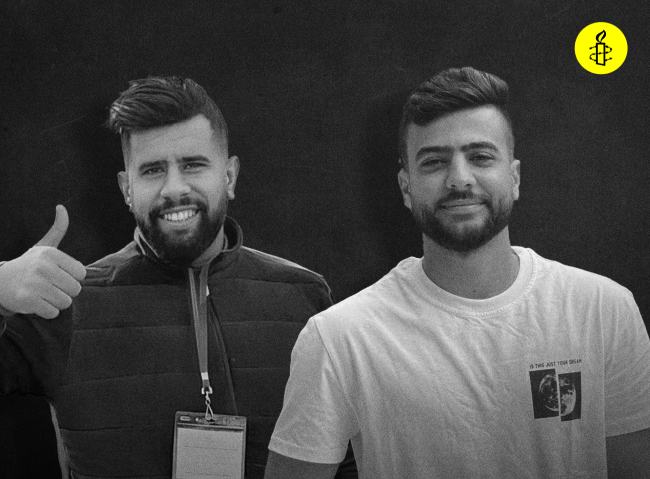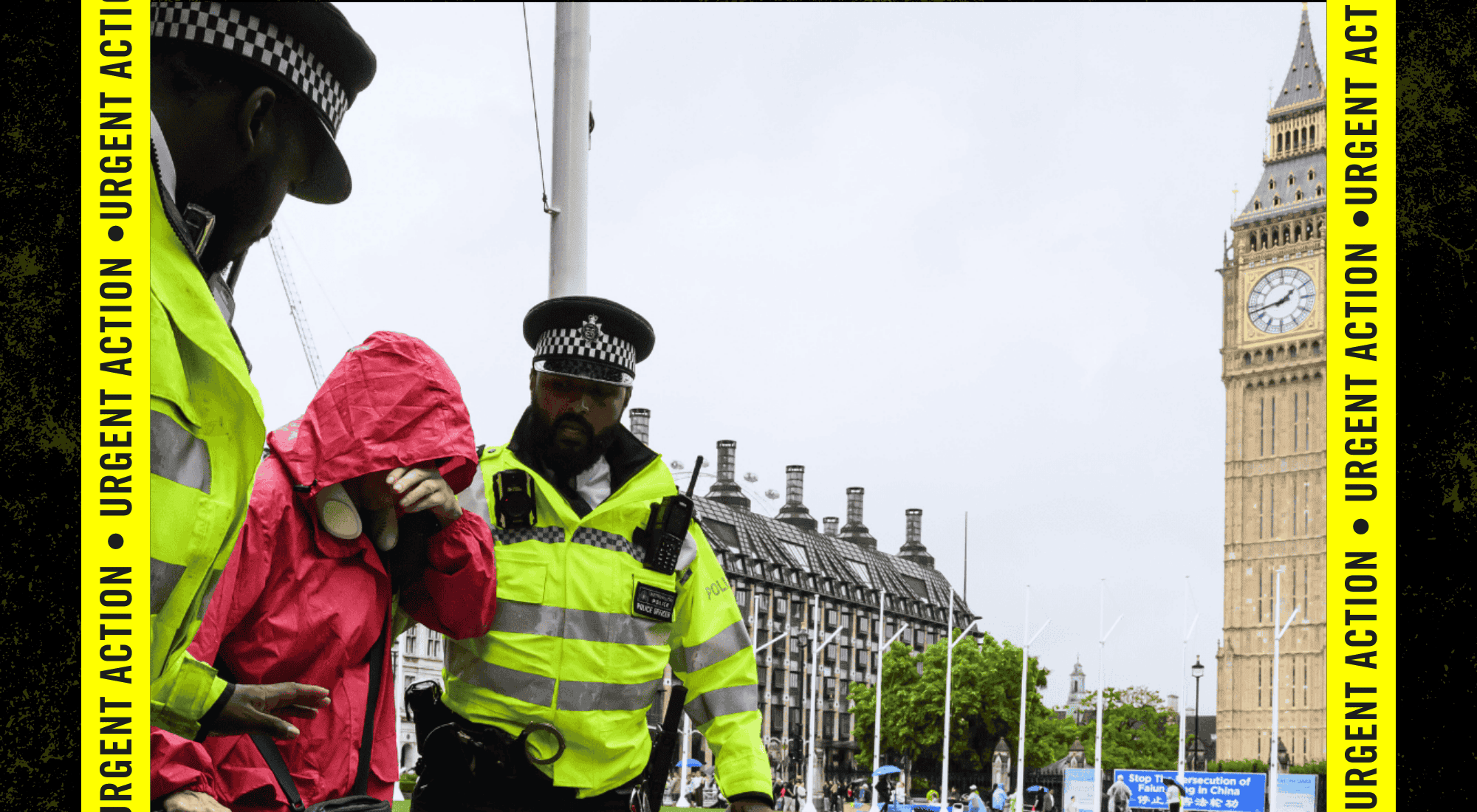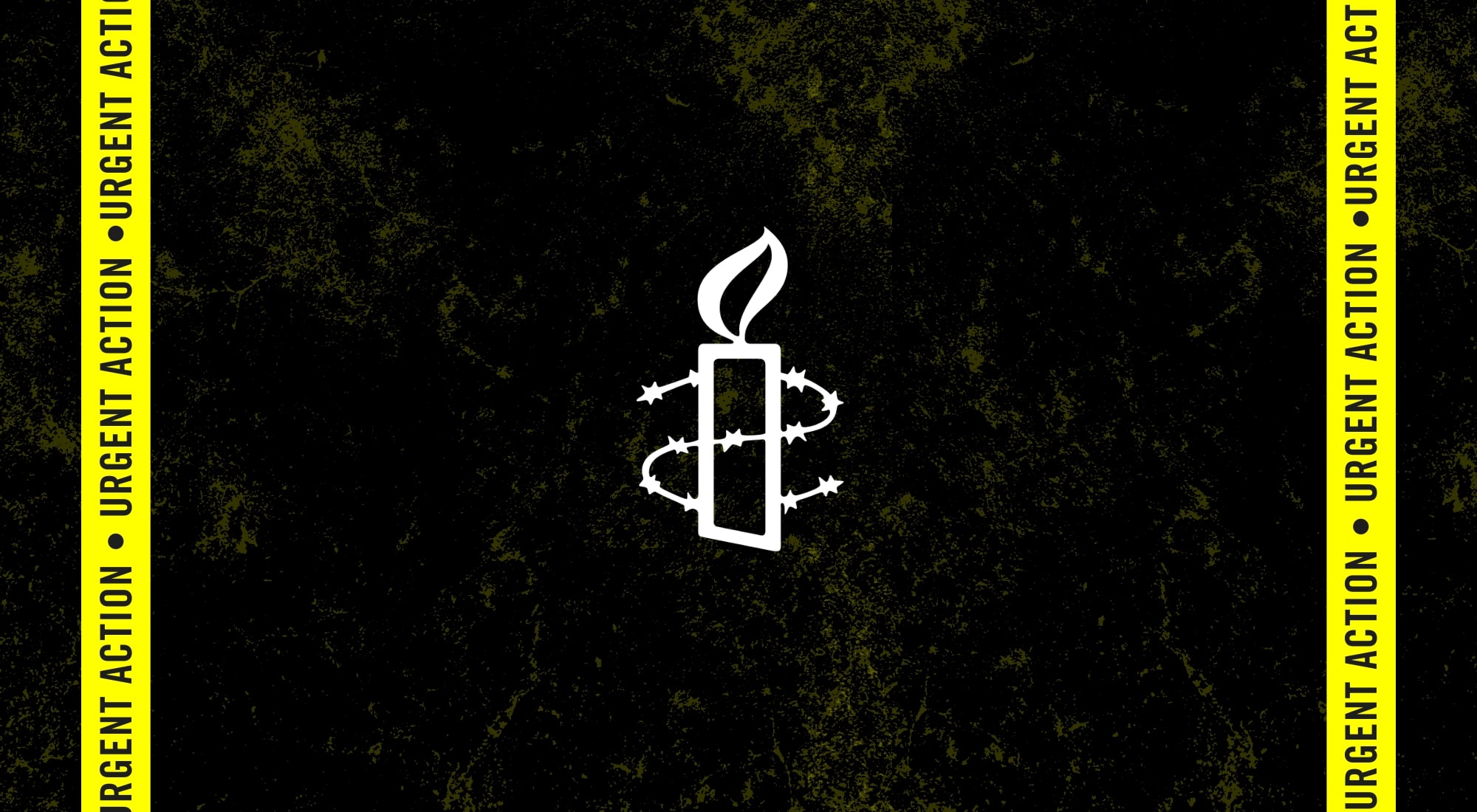“The tragic and brutal story of what happened to us, especially at the hands of governments is well-known…. But today, with the adoption of the Declaration on the Rights of Indigenous Peoples by the United Nations General Assembly, we see the opportunity for a new beginning, for another kind of relationship with States in North America and indeed throughout the world.” – Statement to the United Nations made 10 years ago by Indigenous representatives from North America when the UN Declaration was adopted.
The adoption of the United Nations Declaration on the Rights of Indigenous Peoples was a landmark moment in the advancement of global human rights protections.
For decades, Indigenous peoples had been working within the United Nations and regional human rights bodies such as the Inter-American Commission in an effort to ensure that existing, universal human rights standards were understood and applied in ways that would make a real difference in addressing the many profound abuses faced by Indigenous peoples around the world.
The UN Declaration brought theses hard-won victories from many different human rights bodies, and many different struggles, into a single instrument.
The process of developing the Declaration took than twenty years of difficult and complex negotiations. Throughout this time, the efforts to advance the rights of Indigenous peoples were repeatedly obstructed by national governments – including, all too often, Canada. At times, it looked like agreement on a final text might never be reached. And when a completed text finally came to a vote before the UN General Assembly – ten years ago today on September 13, 2007 – four states, including Canada, actually voted against it, claiming that negotiations needed to be reopened.
Ten years later, the four states that initially opposed the Declaration have all reversed their positions and officially committed to implement the Declaration. Furthermore, the UN itself has unanimously adopted three separate resolutions calling for full implementation of the Declaration.
This shift from opposition to embrace of the Declaration is significant. But it is not enough. The Declaration was never meant to be simply celebrated. It was meant to be put into practice.
Today, in Canada, there is growing momentum toward implementation of the Declaration. In the wake of the Truth and Reconciliation Commission’s report, which identified the Declaration as “the framework for reconciliation,” the federal government has made repeated commitments to fully implement the Declaration. A private members bill setting out basic structure for implementation — Bill C-262 introduced by NDP MP Romeo Saganash – is expected to come before Parliament for second reading this fall.
Along with this momentum toward implementation, we also see pressure in the opposite direction, in the forms efforts to redefine and reinterpret the Declaration in ways that would limit its impact on the status quo. All to often, we are seeing both progess and retrenchment from the same government.
At this juncture, it’s important to look back at the last ten years of the Declaration, and the long struggle leading to its adoption, to better understand what it really means to implement the Declaration as “minimum standards for the survival, dignity and well-being of the Indigenous peoples of the world [Art. 43].”
Collaboration and partnership
The Declaration repeatedly urges states to work in collaboration and partnership with Indigenous peoples. The Declaration itself was developed through the active participation of Indigenous peoples from around the world. This marked the first time that an international human rights instrument was drafted and negotiated with the rights holders themselves sitting at the table with states. Furthermore, an open door policy within the UN Working Group meant that Indigenous participation was broad and diverse, including elected and traditional leadership, grassroots community members, and independent experts.
This unprecedented model of participation was key to developing provisions that corresponded to the real world needs of Indigenous peoples. It was also essential to building a united front to resist efforts by some states to weaken and undermine the Declaration.
Moving forward, implementation of the Declaration needs to be pursued through the same model active collaboration and partnership with Indigenous peoples. As the Declaration itself requires, this needs to be done in a manner that respects Indigenous peoples’ own decision-making institutions and traditions, as well as the diversity of First Nations, Inuit and Métis societies. Anything less would violate the the Declaration itself.
Holistic interpretation
The amount of deliberation, review and debate that took place around the text of the UN Declaration was also unprecedented in the international human rights system. The extensive and thorough consideration of each article reinforces the authoritative place of the Declaration in international law. It also means that the Declaration is a complex instrument.
Related articles scattered throughout the Declaration were often negotiated as a group and need to be interpreted that way. Pulling out individual articles and clauses and attempting to isolate them in isolation from the rest of the Declaration leads to misinterpretation and undermines the strength and power of the Declaration as a whole.
Furthermore, the Declaration includes numerous articles that are essential to understanding the intended meaning of the Declaration and who it should be interpreted. The list of such articles is lengthy and includes
Article 3
Indigenous peoples have the right to self-determination. By virtue of that right they freely determine their political status and freely pursue their economic, social and cultural development.
Article 18:
Indigenous peoples have the right to participate in decision-making in matters which would affect their rights, through representatives chosen by themselves in accordance with their own procedures, as well as to maintain and develop their own indigenous decision-making institutions.
Article 22.1
Special attention shall be paid to the rights and special needs of Indigenous elders, women, youth, children and persons with disabilities in the implementation of this Declaration.
Article 46.2
In the exercise of the rights enunciated in the present Declaration, human rights and fundamental freedoms of all shall be respected. The exercise of the rights set forth in this Declaration shall be subject only to such limitations as are determined by law in accordance with international human rights obligations. Any such limitations shall be non-discriminatory and strictly necessary solely for the purpose of securing due recognition and respect for the rights and freedoms of others and for meeting the just and most compelling needs of a democratic society.
Minimum standards
The provisions in the UN Declaration were drafted on the basis of a long history of interpretation and application of universal human rights standards by international human rights bodies. The victories that Indigenous peoples had won by bringing cases and petitions before bodies like the UN Human Rights Committee were consolidated in the Declaration, along with the work of UN Special Rapporteurs and other experts.
In other words, the state obligations set out in the Declaration were not new in 2007. For example, ten years before the adoption of the Declaration, the UN Committee on the Elimination of Racial Discrimination (CERD) had concluded (in the Committee’s General Recommendation 23) that states have a duty to obtain the free, prior and informed consent of Indigenous peoples.
This means that the sources of the UN Declaration, such as CERD General Recommendation 23, are critical in interpreting the Declarations provisions –something that the CERD Committee pointed out last month during its review of Canada. It also means that laws, policies and regulations that fall below the standard set by the Declaration, violate not only the Declaration, but potentially violate a wide range of international human rights obligations, including legally binding human rights treaties.
A living instrument
International recognition of the human rights of Indigenous peoples is a rapidly evolving area of international human rights law. Tremendous strides were taken even while the UN Declaration was being negotiated. The Declaration was never intended to close off or terminate this continued evolution. In fact, the Declaration explicitly states in Article 45 that nothing in the Declaration should be interpreted as diminishing rights that may be recognized in the future.
Since the adoption of the UN Declaration, the Inter American System has adopted a regional Declaration on the Rights of Indigenous Peoples. The American Declaration repeats much of the content of the UN Declaration but it also provides further elaboration on a number of key provisions. The American Declaration includes a provision that it should be read alongside the UN Declaration and that the two together represent the minimum standard for the protection of Indigenous rights in the Americas.
The Declaration is bigger than any government
Canada’s position on the UN Declaration has changed repeatedly as the government itself has changed. Throughout much of the negotiation process, Canada obstructed and delayed progress toward consensus. Then after a change from one Liberal government to another, from the government of Jean Chretien to the government of Paul Martin, Canada reengaged with the Indigenous caucus at the UN and became a crucial ally in building state support. By the time the Declaration came to a vote at the UN, the federal government had changed again. The government of Stephen Harper initially strongly opposed the Declaration, and tried to encourage other states to do the same. Then in 2010, the Harper government endorsed the Declaration without making any commitment to implement it.
The current federal government’s commitment to fully implement the Declaration, “without qualifications” is welcome, but insufficient. Canada’s commitment needs to outlast the government of the day and the political climate of the moment. A legislative framework such as provided in Bill C-262 is part of the solution. Passage of implementation legislation setting out the government will work with Indigenous peoples to interpret and apply the Declaration makes the process more transparent and accountable and makes it harder for government to reverse course if the political winds shift.
















